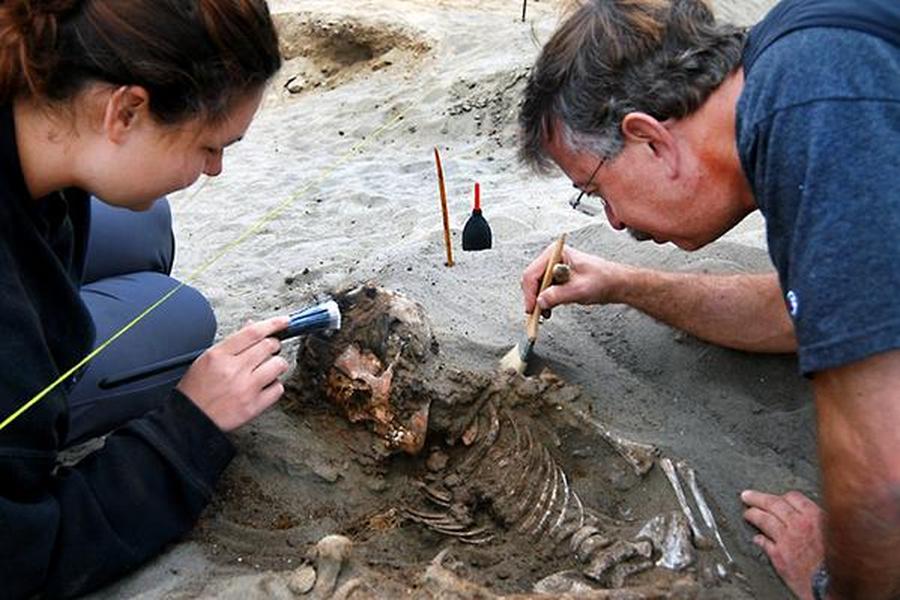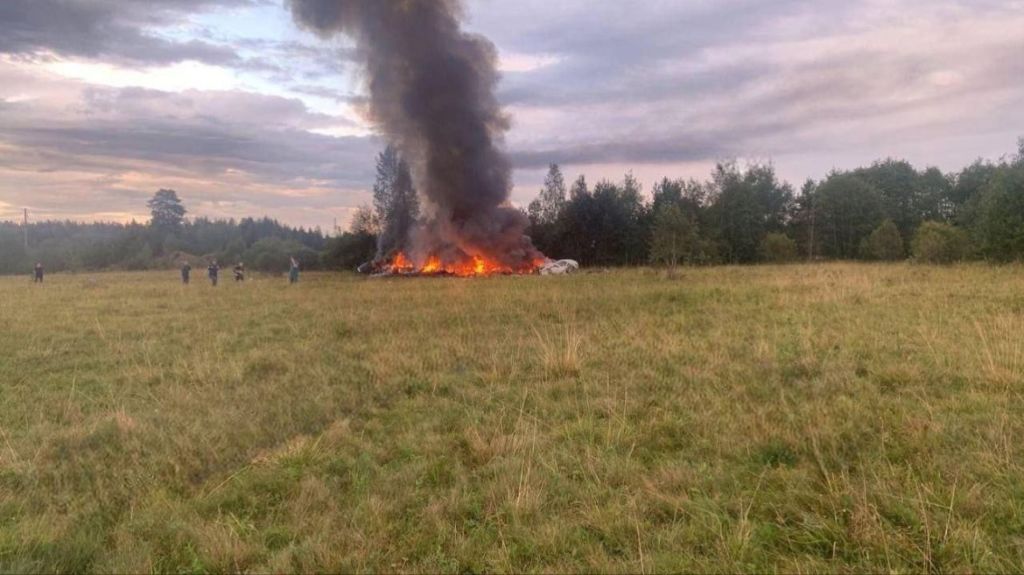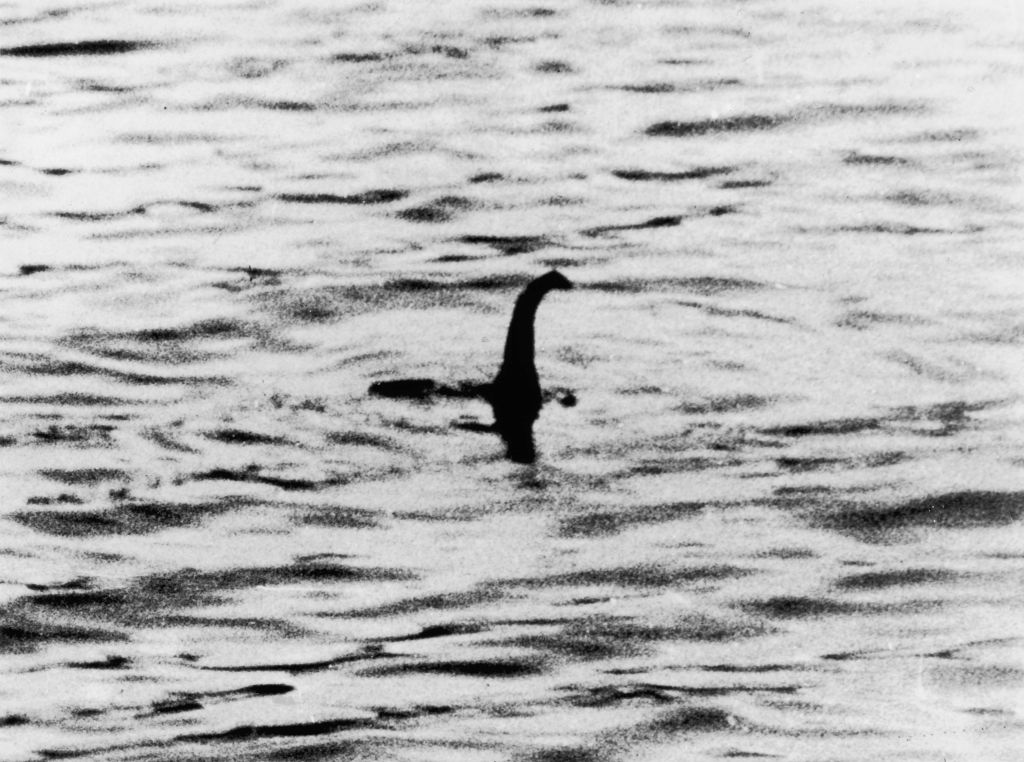Archaeologists discover 'unusual' sacrifices of children and llamas


The findings come from an excavation site on the Peruvian coast.
John Verano, an anthropology professor at Tulane University, has spent his summers at digs in Peru for the last 30 years. But his most recent project might have his most surprising discovery yet — 600-year-old sacrifices of children and llamas.
"This is unusual, and not what we've seen before, especially on the coast of Peru," Verano told Phys.org. "What it means exactly, I'm not sure. But it is an exciting discovery."
The Week
Escape your echo chamber. Get the facts behind the news, plus analysis from multiple perspectives.

Sign up for The Week's Free Newsletters
From our morning news briefing to a weekly Good News Newsletter, get the best of The Week delivered directly to your inbox.
From our morning news briefing to a weekly Good News Newsletter, get the best of The Week delivered directly to your inbox.
Verano, along with Peruvian archaeologist Gabriel Prieto, first found evidence of child sacrifices in Huanchaquito, a coastal village in Peru, in 2011. They discovered the remains of 42 children and 76 llamas, which they suspect were sacrificed during a religious ceremony.
Verano and Prieto completed their study of the 2011 finds this year. They also expanded their dig, Phys.org reports, and the new excavation revealed more sacrificial victims. Huanchaquito is in an area once dominated by the Chimu state, from 1100 to 1470 C.E., until it was conquered by the Inca Empire, and Verano noted that it's an unlikely location for the finds.
Phys.org reports that the new findings will "allow for a more detailed reconstruction of this unusual event." The researchers speculate that the children may have been sacrificed as an offering to the sea after El Nino flooding, and the llamas were "intended to transport the victims to the afterlife."
A free daily email with the biggest news stories of the day – and the best features from TheWeek.com
Meghan DeMaria is a staff writer at TheWeek.com. She has previously worked for USA Today and Marie Claire.
-
 5 criminally underrated cartoons about Pete Hegseth’s war crime
5 criminally underrated cartoons about Pete Hegseth’s war crimeCartoon Artists take on USS Hegseth, rats leaving the sinking ship, and more
-
 Can Mike Johnson keep his job?
Can Mike Johnson keep his job?Today's Big Question GOP women come after the House leader
-
 A postapocalyptic trip to Sin City, a peek inside Taylor Swift’s “Eras” tour, and an explicit hockey romance in December TV
A postapocalyptic trip to Sin City, a peek inside Taylor Swift’s “Eras” tour, and an explicit hockey romance in December TVthe week recommends This month’s new television releases include ‘Fallout,’ ‘Taylor Swift: The End Of An Era’ and ‘Heated Rivalry’
-
 Nobody seems surprised Wagner's Prigozhin died under suspicious circumstances
Nobody seems surprised Wagner's Prigozhin died under suspicious circumstancesSpeed Read
-
 Western mountain climbers allegedly left Pakistani porter to die on K2
Western mountain climbers allegedly left Pakistani porter to die on K2Speed Read
-
 'Circular saw blades' divide controversial Rio Grande buoys installed by Texas governor
'Circular saw blades' divide controversial Rio Grande buoys installed by Texas governorSpeed Read
-
 Los Angeles city workers stage 1-day walkout over labor conditions
Los Angeles city workers stage 1-day walkout over labor conditionsSpeed Read
-
 Mega Millions jackpot climbs to an estimated $1.55 billion
Mega Millions jackpot climbs to an estimated $1.55 billionSpeed Read
-
 Bangladesh dealing with worst dengue fever outbreak on record
Bangladesh dealing with worst dengue fever outbreak on recordSpeed Read
-
 Glacial outburst flooding in Juneau destroys homes
Glacial outburst flooding in Juneau destroys homesSpeed Read
-
 Scotland seeking 'monster hunters' to search for fabled Loch Ness creature
Scotland seeking 'monster hunters' to search for fabled Loch Ness creatureSpeed Read
